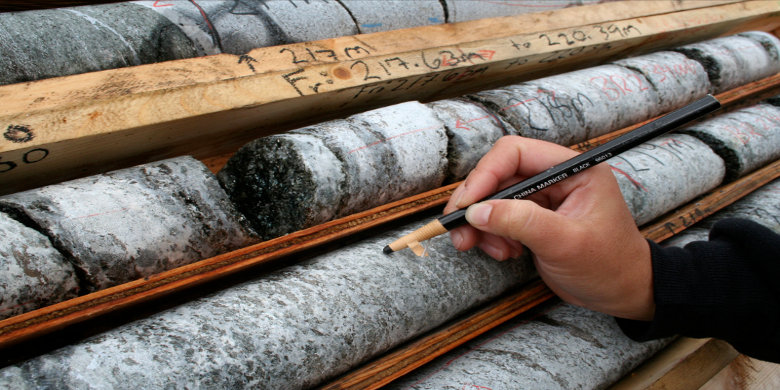Mineral exploration companies are often divided into two categories: greenfield and brownfield exploration companies. Greenfield exploration refers to uncharted territory, where mineral deposits are not already known to exist. Greenfield exploration projects can be subdivided into grassroot and advanced projects. Brownfield exploration, also known as near-mine exploration, refers to areas where mineral deposits were previously discovered. To find out which type of mineral companies I prefer to invest in, refer to the note at the bottom of the page.
Two Mineral Exploration Companies Categories
1. Greenfield Exploration
Greenfield exploration relies on the predictive power of ore genesis models to find mineral deposits in previously unexplored areas or in areas where they are not already known to exist.
- Grassroot Exploration Project – When a geologist has a conceptual idea about where a mineral deposit might be and spends money to see if the mineralization is really there, this is referred to as grassroot exploration. Common activities include: airborne satellite surveys, ground-based geological and geophysical prospecting and surveying as well as determining drill target areas. Grassroot exploration projects are the riskiest projects in the mining business. Some statistics indicate that only 1 in 5,000 to 1 in 10,000 grassroot exploration projects ever reach the production stage.
- Advanced Exploration Project – Advanced exploration projects have clearly defined mineral resources with reasonable prospects for being developed into standalone mines or satellite mines. In the mine life cycle, these projects are generally positioned between the near pre-feasibility stage and the near bankable feasibility stage.
2. Brownfield Exploration
In brownfield exploration, geologists look for deposits near or adjacent to an already operating mine. As geologists are able to use existing data, the risk in brownfield exploration is considerably lower than in greenfield exploration. Because the facilities for mining and processing the ore have already been built and paid for, the additional capital cost for processing the new found ore is very low.
Note: For the mid-tier and junior mining companies, I believe the best mineral companies to invest in are those with a producing asset combined with brownfield exploration potential, as the facilities for mining and processing the ore have already been built and paid for. Therefore, the additional capital cost for processing the newfound ore is very low. For exploration companies, I also feel comfortable investing in companies with an advanced greenfield exploration project combined with a substantial amount of cash on their balance sheet.


